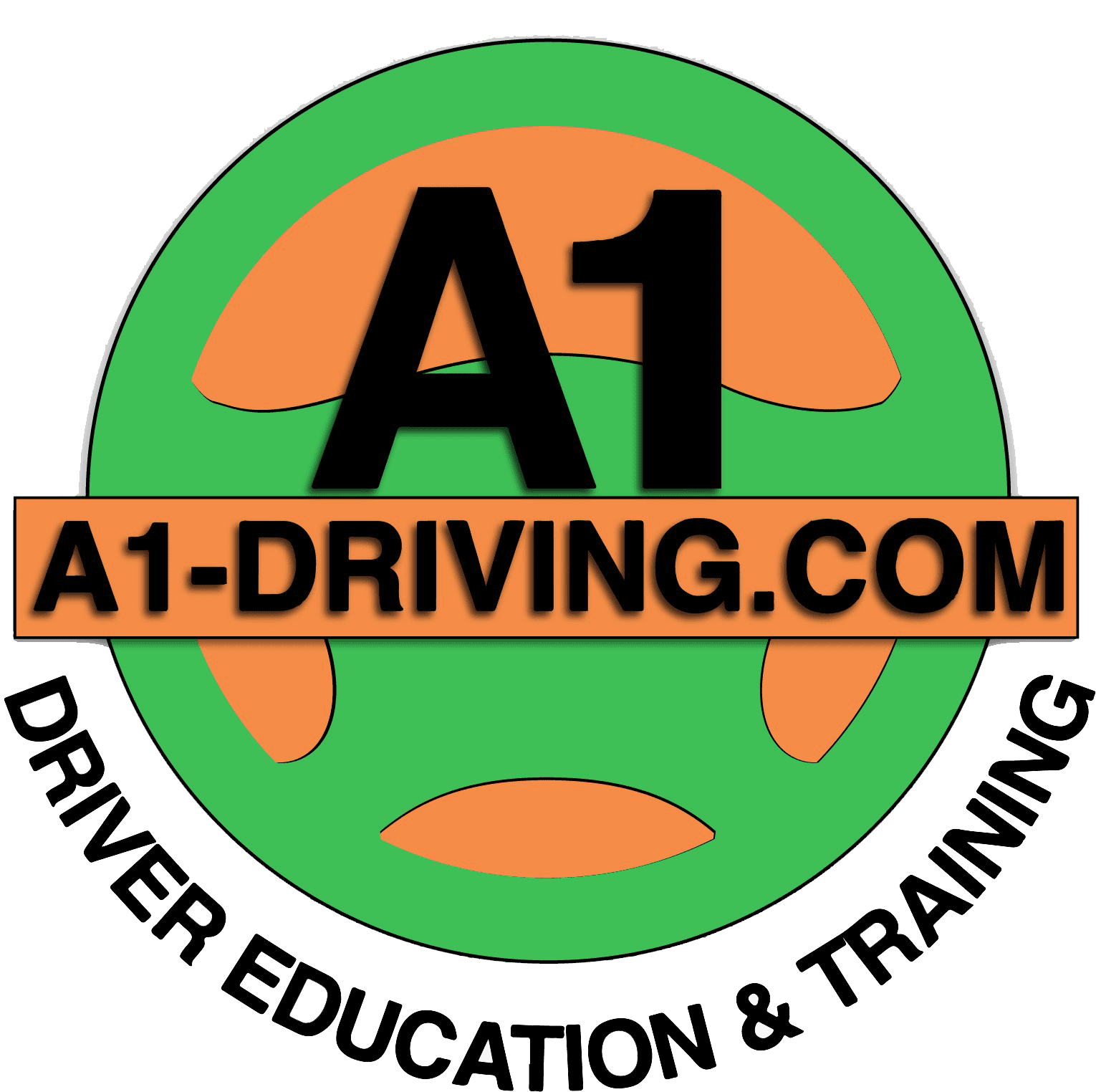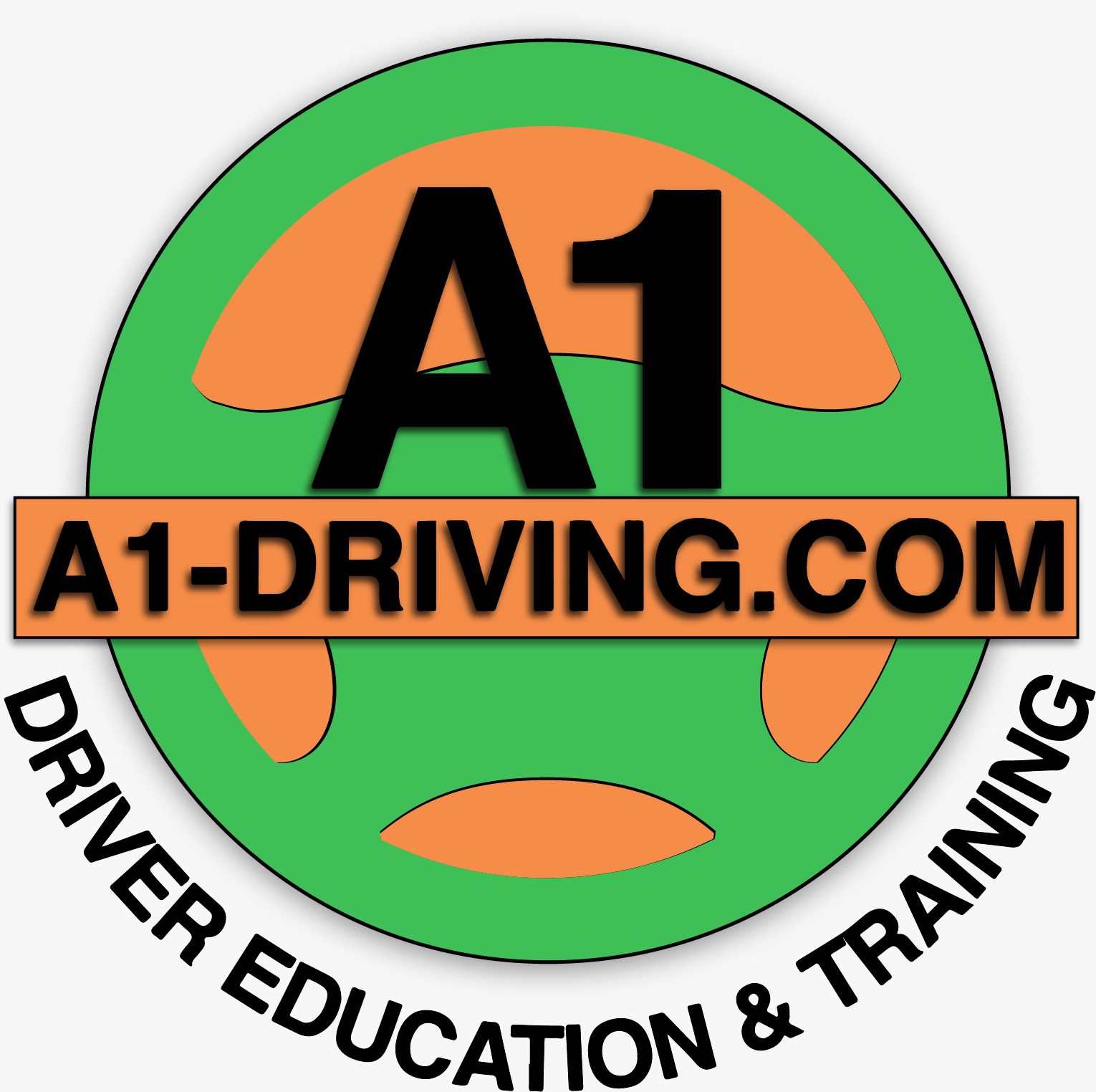Yielding is a driving concept that takes many drivers a decent amount of time to feel comfortable with and properly master. It can be confusing at times because there are different times and situations where you yield to someone and where someone else is supposed to yield to you. Deciding what to do in this scenario can be confusing if you are new to the roads. Especially because not everyone follows road rules the way that they should and may not yield when they are supposed to.
Yielding means that you scan the traffic and find out whether it is going the same direction you are, or the opposite direction. When you yield, you scan and pause or slow down your driving to make sure the road is clear and safe for you to continue driving. When you yield, you are giving the other cars the power to move and drive before you do.
Seeing a yield sign is an easy way to know you are supposed to yield. The sign says it and if it is on the road you are on or facing the way that you are, you are the one who is supposed to yield in that situation. That situation is easy to understand.
But– outside of a yield sign, there are other reasons to yield. Here are a few to keep in mind:
Stop signs. When you drive towards a stop sign you stop. If there are cars across from you or on adjacent streets that also have a stop sign, whoever got to their stop sign first is given the right of way. The person who arrived at their stop sign after the other has to yield. If you and another car arrive at the same time, you are supposed to yield to the car to your right.
Uncontrolled intersections. These are intersections with no signs or stoplights. Everyone driving towards this intersection must stop for their and the other driver’s safety. Whoever reached the intersection first has the right of way and everyone else has to yield to the person who arrived right before them.
T intersections. This is an intersection with a smaller road perpendicular to the main road. If you are driving on a minor road, you have to yield to those that are driving across the main perpendicular road before you make your turn.
Pedestrians on crosswalks. Most of the time there should be a yield sign visible, but not always. If pedestrians are crossing or waiting to cross a crosswalk, you are to yield to them even if there is no light indicator for them to walk.
When entering a larger highway. If you are driving on a smaller lane road and entering a multi-lane highway, you are supposed to yield to those driving past you on the bigger highway when there is a yield sign. This also comes into play if you are driving on an unpaved or backroad and entering a regularly paved road. Those on the unpaved road are supposed to yield to those on the main road, similarly to the T intersections.
For Online Driving Lesson Connecticut Contact A1 Driving School!

